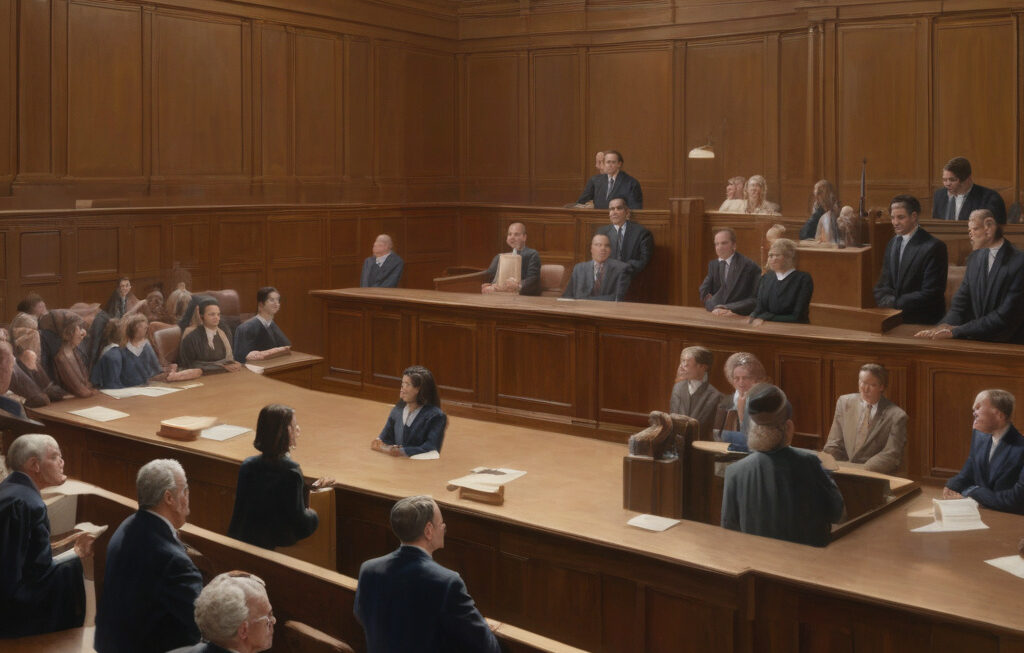Man Utilizes AI Avatar in New York Court: A Step Towards Innovative Solutions in Legal Proceedings
In a groundbreaking move, a man named Dewald recently made headlines for his utilization of an AI avatar during court proceedings in New York. His reasoning behind this unconventional approach? Managing his courtroom anxiety. While Dewald’s intentions were noble, the lack of proper disclosure regarding this technological intervention raises important ethical and legal questions.
The integration of artificial intelligence into legal settings is not entirely new. AI technologies have been increasingly employed in various aspects of the legal field, from document analysis to predicting case outcomes. However, the use of an AI avatar as a personal aid in court is a novel development that challenges traditional norms.
Dewald’s decision to leverage AI for emotional support during his court appearance underscores the potential benefits of merging technology with legal processes. Courtrooms can be inherently stressful environments, especially for individuals with anxiety disorders or communication difficulties. By using an AI avatar, Dewald sought to enhance his ability to navigate the complexities of the legal system effectively.
Despite Dewald’s positive intentions, the lack of transparency regarding his use of AI in court is concerning. Proper disclosure is essential in legal proceedings to ensure fairness, transparency, and adherence to ethical standards. Without clear communication about the presence and role of AI technology in the courtroom, the integrity of the legal process may be compromised.
Moreover, Dewald’s case highlights the need for clear guidelines and regulations regarding the use of AI in legal settings. As AI continues to play a more prominent role in various industries, including law, establishing ethical frameworks and standards is crucial to prevent potential misuse or misunderstanding of these technologies.
While Dewald’s experience may be seen as an isolated incident, it serves as a catalyst for broader conversations about the intersection of technology and law. How can AI be ethically and effectively integrated into legal proceedings? What are the implications for due process and the rights of all parties involved? These questions underscore the importance of proactive measures to address the evolving landscape of AI in the legal field.
Moving forward, stakeholders in the legal community must work collaboratively to develop guidelines that govern the use of AI avatars and other emerging technologies in courtrooms. Transparency, accountability, and ethical considerations should form the foundation of these efforts to ensure that technology enhances, rather than detracts from, the pursuit of justice.
Dewald’s decision to use an AI avatar in a New York court may have been unconventional, but it sheds light on the potential for innovative solutions to address challenges within the legal system. By acknowledging the benefits and limitations of AI technology and prioritizing ethical considerations, the legal field can harness the power of innovation to create a more accessible, efficient, and equitable justice system for all.
#AI, #LegalTech, #CourtroomInnovation, #EthicalAI, #TechandLaw











